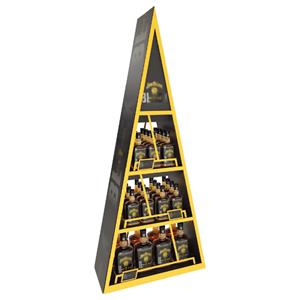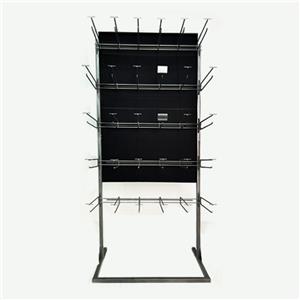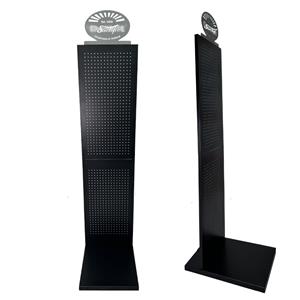How to Reduce Costs by Partnering with Chinese Companies
How to Reduce Costs by Partnering with Chinese Companies
Table of contents
1)Introduction
2)Choosing the Right Suppliers to Reduce Procurement Costs
3)Leveraging China’s Custom Manufacturing Capabilities
4)Capitalizing on China’s Integrated Supply Chain
5)Utilizing Cross-Border E-Commerce for Flexible Procurement
6)Optimizing Logistics Strategies to Reduce Transportation Costs
7)Establishing Long-Term Partnerships for Better Pricing
8)Staying Informed on Policy Changes to Adjust Procurement Strategies
9) Conclusion
10) Sintop Value
With the escalation of the USMCA (United States-Mexico-Canada Agreement) trade war, businesses in North America are facing rising raw material costs and increasing tariff pressures. In this economic environment, cost reduction has become a primary concern. Many companies are turning to more cost-effective supply chains, and Chinese enterprises, with their mature production systems, well-developed supply chains, and flexible manufacturing capabilities, have emerged as ideal partners. This article explores how businesses can collaborate with Chinese companies to cut costs while ensuring product quality and market competitiveness.
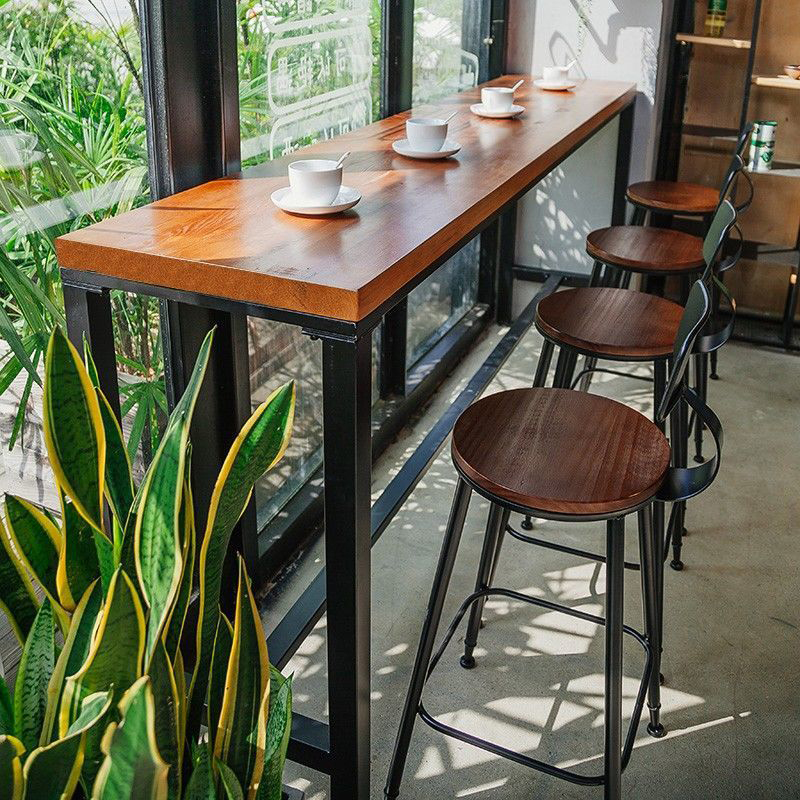
1. Choosing the Right Suppliers to Reduce Procurement Costs
Amid the USMCA trade war, businesses in North America can reduce production costs by sourcing from Chinese suppliers. For example, retailers can work with reliable Chinese manufacturers to procure cloth display dolls, book display stands, and coffee table book display stands, helping to lower inventory and purchasing expenses.
To reduce procurement costs, consider the following strategies:
Bulk Purchasing: Negotiate discounts for bulk orders with Chinese manufacturers to lower the unit price.
Direct Sourcing: Avoid intermediaries and work directly with factories.
Comparing Suppliers: Use B2B platforms or conduct on-site inspections to select the most cost-effective partners.
2. Leveraging China’s Custom Manufacturing Capabilities
Chinese manufacturers can provide customized counter displays and Convenience store fixtures, which not only meet specific business needs but also reduce additional modification costs. For instance, retailers can collaborate with Chinese suppliers to create book display stands tailored to their brand image or design unique coffee table book display stands to enhance the shopping experience.
The benefits of custom manufacturing include:
Minimizing Inventory Waste: Producing according to demand prevents overstocking.
Optimizing Design: Adjusting based on market trends and consumer preferences.
Enhancing Brand Recognition: Custom products strengthen brand identity and competitiveness.
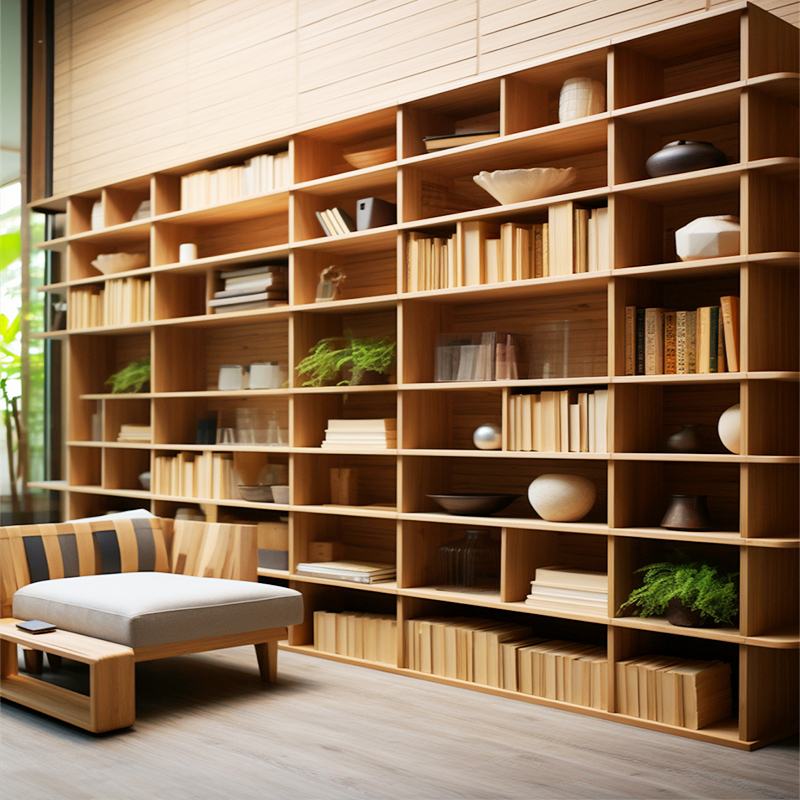
3. Capitalizing on China’s Integrated Supply Chain
China has the world’s most comprehensive supply chain system, allowing businesses to efficiently manage everything from raw material procurement to final product assembly. Companies can take advantage of this by reducing supply chain steps and lowering overall operational costs. For example, a North American retailer can streamline procurement by sourcing cloth display dolls, book display stands, and coffee table book display stands in one transaction, thereby reducing logistics and administrative costs.
Additionally, working with supply chain management firms can further optimize logistics and improve purchasing efficiency. Many Chinese suppliers offer one-stop logistics solutions, delivering counter displays and Convenience store fixtures directly to retail stores, eliminating the need for warehousing and cutting transportation costs.
4. Utilizing Cross-Border E-Commerce for Flexible Procurement
In the context of the USMCA trade war, cross-border e-commerce has become a vital procurement channel. Many Chinese suppliers sell high-quality book display stands, coffee table book display stands, and counter displays on platforms such as Alibaba, 1688, and AliExpress, allowing businesses to purchase in small quantities and adjust inventory flexibly.
The benefits of cross-border e-commerce include:
Low Procurement Thresholds: No need for large capital investments; businesses can purchase as needed.
Easy Supplier Comparison: Platforms provide pricing and reviews for informed decision-making.
Shorter Procurement Cycles: Online transactions save time compared to traditional procurement processes.
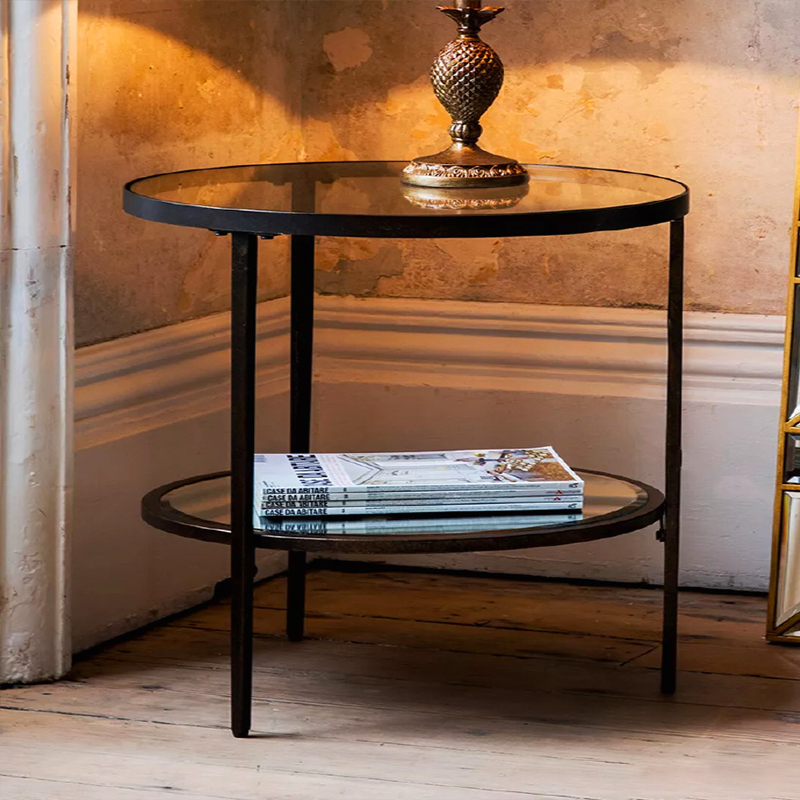
5. Optimizing Logistics Strategies to Reduce Transportation Costs
For North American businesses sourcing Convenience store fixtures and counter displays, logistics costs are a significant factor. The following strategies can help lower transportation expenses:
Choosing the Right Shipping Method: Bulk orders can be shipped by sea to reduce costs, while smaller orders can be transported by air or rail.
Using Overseas Warehouses: Storing cloth display dolls and book display stands in Chinese suppliers’ overseas warehouses minimizes cross-border shipping expenses.
Partnering with Logistics Companies: Collaborating with international logistics firms to optimize shipping routes and reduce customs duties and freight costs.
6. Establishing Long-Term Partnerships for Better Pricing
Long-term partnerships can lead to better pricing and priority access to supplies. For example, if a North American retailer consistently sources coffee table book display stands and book display stands from a Chinese supplier, they can secure lower prices and ensure priority supply during high-demand periods.
Strategies for building long-term relationships include:
Signing Long-Term Procurement Agreements: Ensuring stable pricing and quality assurance from suppliers.
Building Trust: Enhancing mutual trust through regular communication and visits.
Collaborating on Product Development: Co-developing new products with suppliers to boost market competitiveness.
7. Staying Informed on Policy Changes to Adjust Procurement Strategies
With the ongoing USMCA trade war, businesses in North America must stay updated on international trade policies. For instance, if the U.S. imposes additional tariffs on certain Chinese goods, companies can adjust their procurement strategies by importing counter displays and Convenience store fixtures through intermediaries in Hong Kong or Southeast Asia to avoid extra duties.
Conclusion
Amid the USMCA trade war, North American businesses that establish stable partnerships with Chinese suppliers can effectively reduce the procurement costs of cloth display dolls, book display stands, and coffee table book display stands, while also strengthening their market competitiveness. By optimizing supply chains, leveraging custom manufacturing, utilizing cross-border e-commerce, and building long-term collaborations, companies can develop cost-efficient solutions in a complex international trade environment.
Sintop Value
At Sintop, we specialize in providing customizable retail display solutions to help businesses reduce costs and optimize store layouts. Our high-quality display racks and shop fixtures offer:
🔹 Cost-effective sourcing – Helping retailers save on procurement.
🔹 Custom manufacturing – Tailored solutions for unique branding.
🔹 Integrated logistics – Streamlined delivery to minimize expenses.
With expert craftsmanship, durable materials, and innovative designs, we help businesses create efficient, stylish, and high-performing retail displays.
Looking to cut costs while improving store presentation? Contact Sintop today!

Contact information
Website: www.sintopfixtures.com
Wechat/WhatsApp: +86 15980885084
Email: elly@xm-sintop.com
FAQ
1. What are store fixtures?
Store fixtures are essential equipment and furniture used in retail spaces to display, organize, and store merchandise. Examples include shelving units, racks, display cases, counters, and hooks.
2. Why are store fixtures important?
Store fixtures enhance the shopping experience by organizing products, improving accessibility, maximizing space, and creating appealing displays that attract customers and boost sales.
3. What types of store fixtures are commonly used?
Common types of store fixtures include:
Shelving Units(wall shelves, free-standing shelves, adjustable shelving)
Display Cases (glass cases, countertop cases)
Racks (clothing racks, display racks)
Counters (checkout counters, service counters)
Hooks and Pegboards
End Caps
Signage and Graphics
Mannequins
4. How do I choose the right store fixtures for my retail space?
Consider your merchandise type, store layout, and branding needs. Fixtures should be functional, complement your store's design, and fit within your budget. Evaluate your space to determine the best fixture types and configurations for optimal product presentation and customer flow.
5. Can store fixtures be customized?
Yes, many store fixtures can be customized to align with your store's branding and specific needs. Customization options include materials, colors, sizes, and designs. Collaborating with a fixture supplier or designer can help create fixtures that match your store’s style and functional requirements.
6. How can I maximize space with store fixtures?
Utilize fixtures that optimize vertical space, such as wall-mounted shelves and tall display racks. Modular and adjustable fixtures can adapt to changing merchandise or store layouts. Plan your store layout carefully to ensure efficient use of space and smooth customer flow.
7. How do I maintain store fixtures?
Regularly clean and inspect fixtures to ensure they remain in good condition. Check for wear and tear, and repair or replace damaged parts. Follow manufacturer guidelines for maintenance and cleaning to extend the lifespan of your fixtures.
8. Can store fixtures be used for different types of retail stores?
Yes, store fixtures can be adapted for various retail environments, including clothing stores, electronics shops, grocery stores, and more. The choice of fixtures depends on the specific needs and merchandise of the store.

